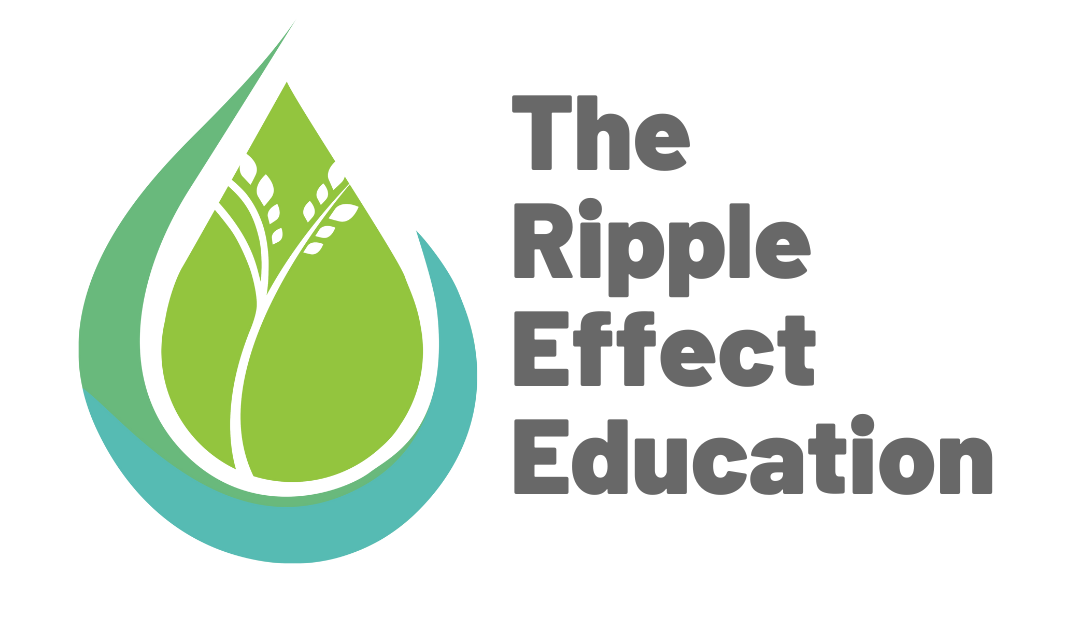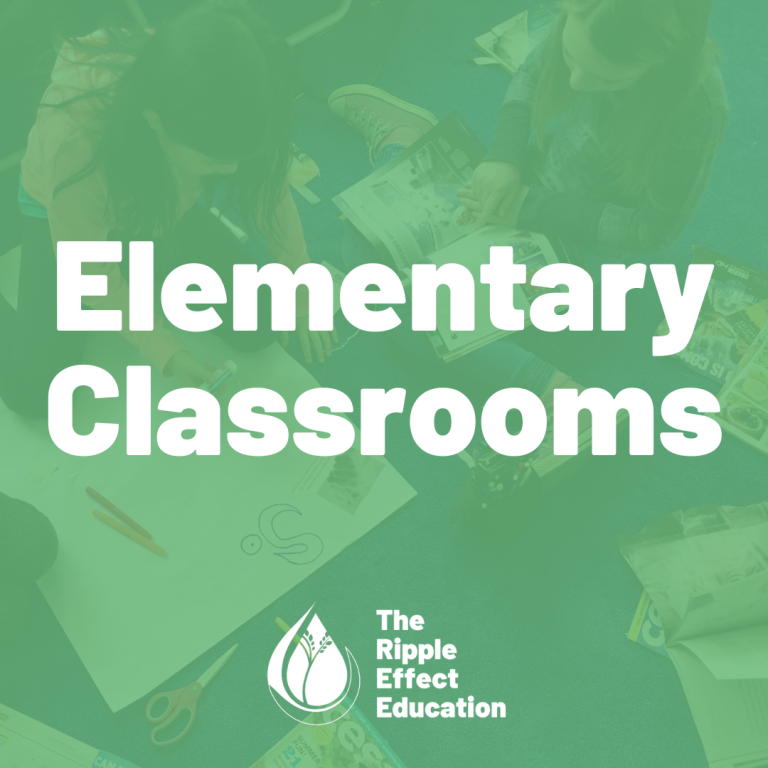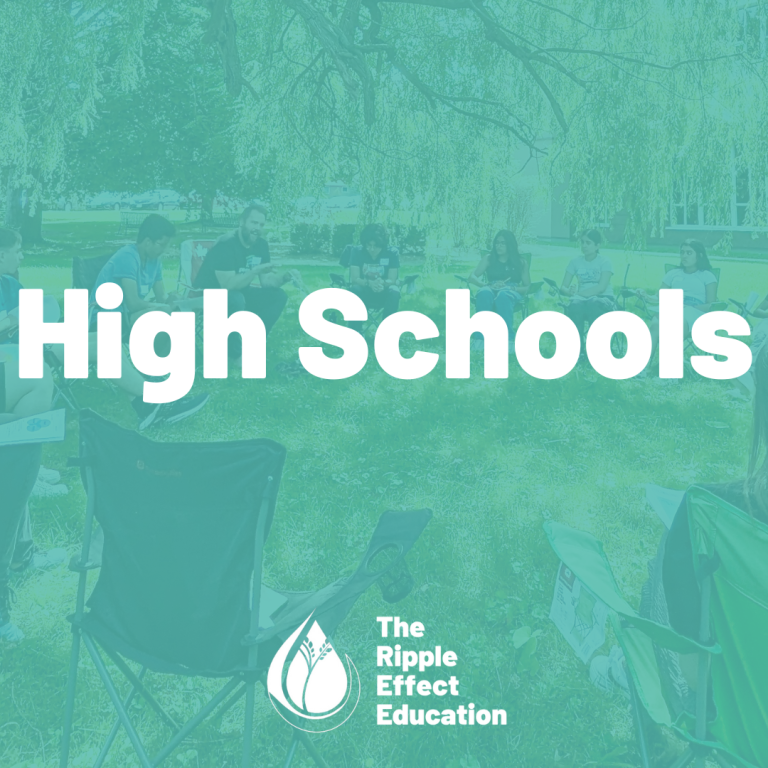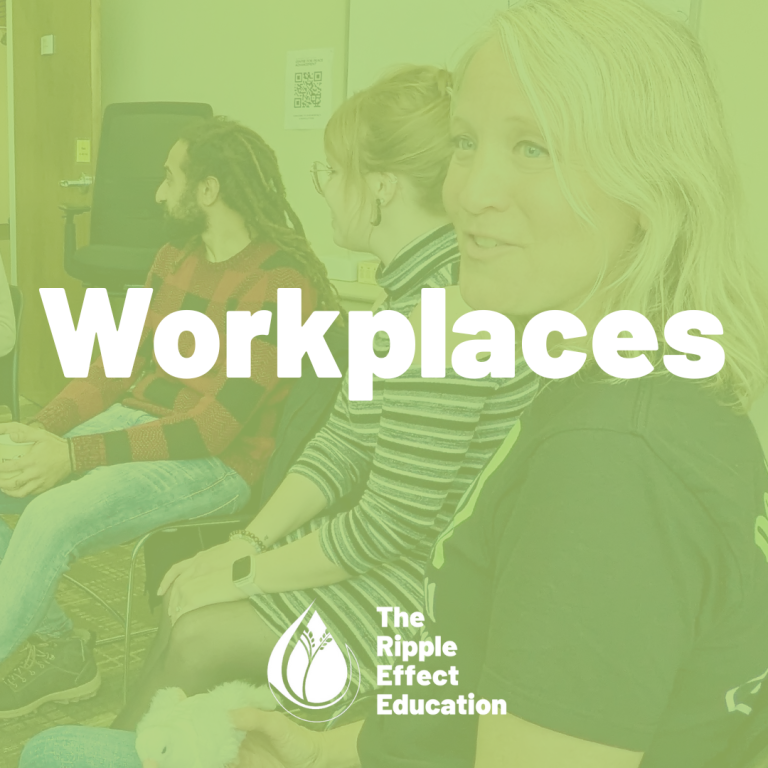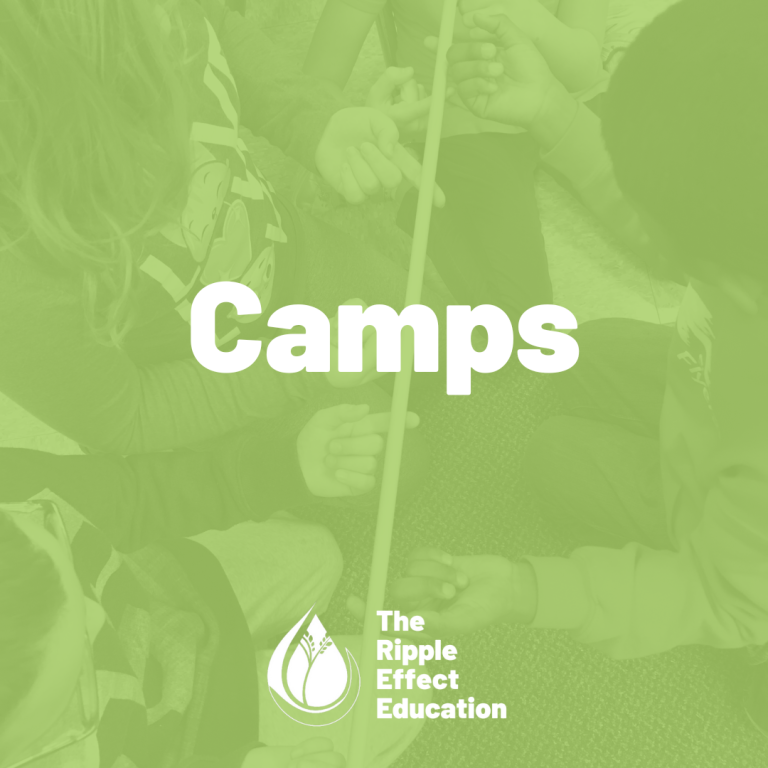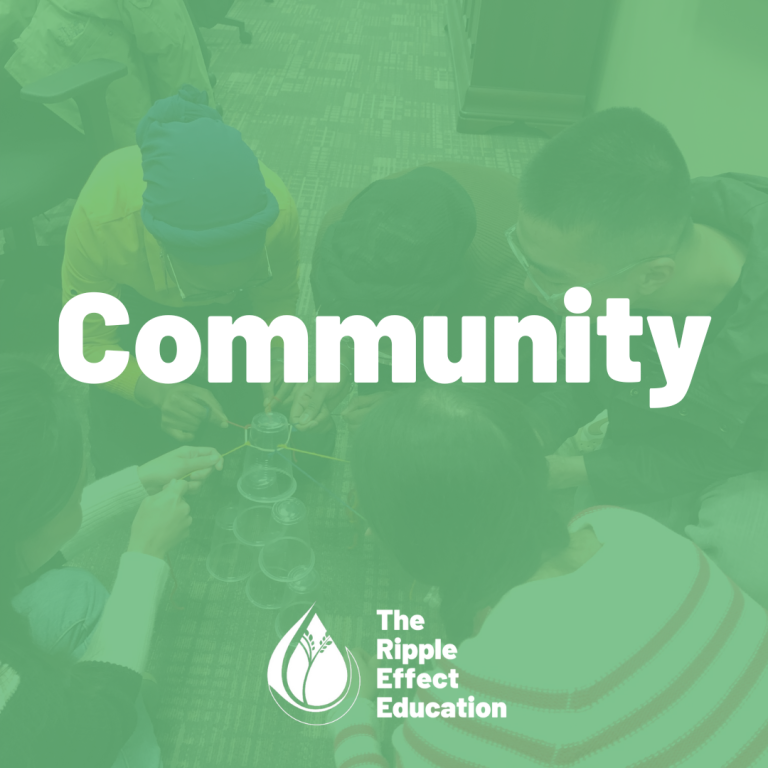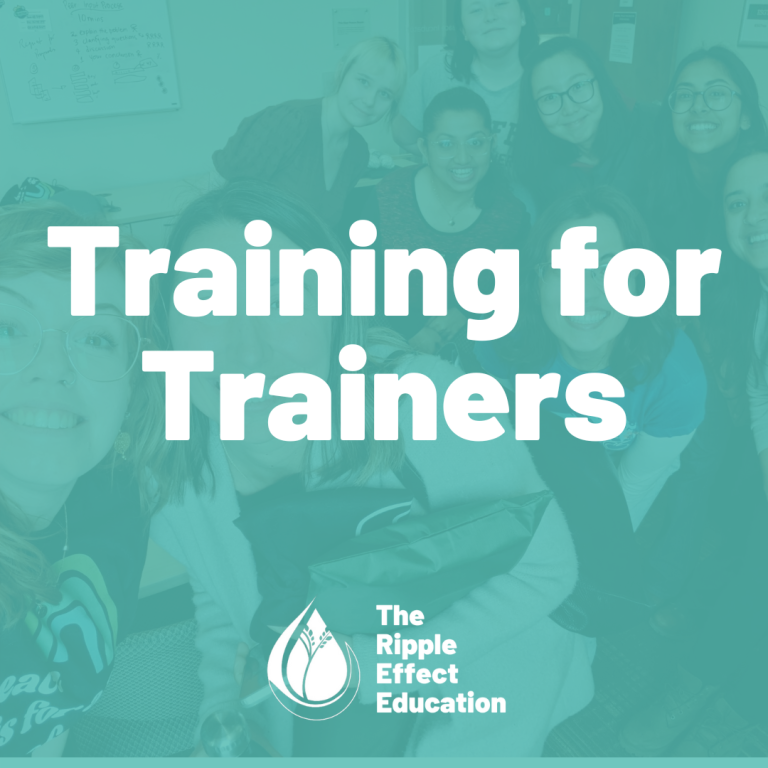Emotions are something we all feel, but when it comes to taking the time to name, can remain a challenge to navigate. Here at TREE, we use “I-statements” for the importance of implementing this strategy within scenarios of conflict to help communicate our true feelings. To use an I-statement, fill in the blanks: “I feel____when____”. When we share with others how we are feeling in conversations, it allows the other person to better understand, empathize , and ultimately assist in positively escalating conflict. In a Grade 5 class I taught this fall, students found this skill applicable and was an evident take-away for many. When students were given the opportunity to role play, this was a skill they were able to easily grasp and apply as they practised de-escalating conflict. Many students shared relativity examples of how they would apply this to their personal conflicts.
At the same time, it’s important to acknowledge how challenging it can be to identify and name our emotions, especially within the context of conflict. Personally, I have struggled with this when tensions can be high, and I enter a form of “fight or flight.” For me, conflict brings me a lot of anxiety, and especially within my friendships, will admittedly try to avoid it. However, avoiding conflict is not the solution, but instead discovering personal strategies to overcome our resistance to these critical conversations is. As a result, I often have a hard time gathering my thoughts and emotions to express to that person how I am feeling. I will often make general statements, as I try to muffle out full sentences when communicating.
This is a skill I have worked on in therapy, and was introduced to an app called: Mood Meter. Within the app, the user is able to choose between four quadrants to identify the general direction of how they are feeling. For instance, the user can choose between having high energy, or low energy, and then whether that energy is pleasant or unpleasant. From there, the gradient grid provides the user with a variety of specific feelings within that overarching feeling to choose from. For example, instead of stating “I feel upset when you didn’t take out the garbage, after I asked you to”, we could say “I feel disheartened when you didn’t take out the garbage after I asked you to”. Further, the motion of turning inwardly, to truly think about how we are feeling is an equally important approach to check in with ourselves.
Yes, pulling out this app is not the most ideal option when in the midst of an intense conversation with someone, however it can be an excellent regular habit to adopt both in and outside of conflict. Importantly, regularly naming our emotions is equally beneficial when feeling positive and negative emotions. This can look like keeping a mood journal, or doing regular internal check ins, to practice regularly naming and recognizing our feelings.
Like any hard task, practice is crucial, especially when it comes to communicating well in conflict. Equally important, we must remember to be gracious with ourselves as we continue to learn how to communicate well in our relationships. Communicating our emotions can be hard work, but immensely beneficial to gain and express a deeper understanding of those we care about and ourselves.
 Grace Jones (she/her) is a fourth year student at Wilfrid Laurier University with a double major in Global Studies (International Development) and Environmental Studies and an option in Social Entrepreneurship. Her love for social justice first blossomed during her year off when she participated in a gap year program where she travelled across Western Canada and Guatemala. Throughout her university undergrad, she has become passionate about developing skills of conflict resolution in her own life and is thrilled to combine her experience of working with children in camp and aquatic settings with her passion for social justice during her role at TREE. In her spare time, Grace loves rock climbing, eating good food, learning how to garden and being outside!
Grace Jones (she/her) is a fourth year student at Wilfrid Laurier University with a double major in Global Studies (International Development) and Environmental Studies and an option in Social Entrepreneurship. Her love for social justice first blossomed during her year off when she participated in a gap year program where she travelled across Western Canada and Guatemala. Throughout her university undergrad, she has become passionate about developing skills of conflict resolution in her own life and is thrilled to combine her experience of working with children in camp and aquatic settings with her passion for social justice during her role at TREE. In her spare time, Grace loves rock climbing, eating good food, learning how to garden and being outside!
